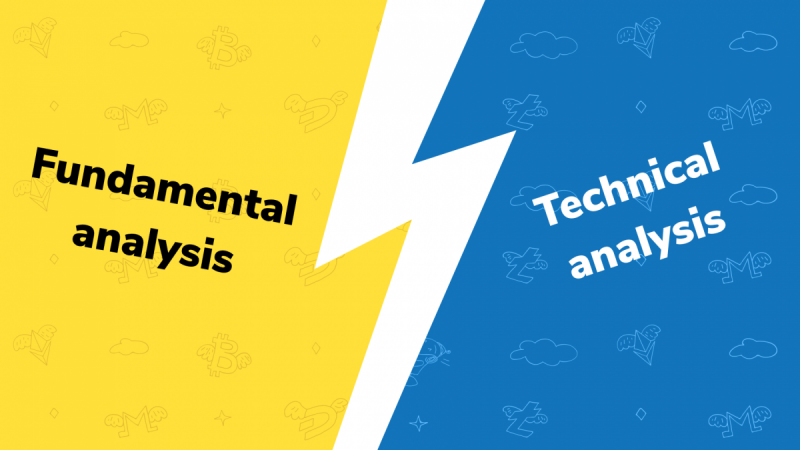Investors and traders are the two sets of actors in the world of crypto. These actors are not limited to individual investors or actors alone; instead, some institutional players play a vital role in the entire cryptosystem. However, there is one fundamental aspect that most investors and traders don’t entirely agree on: should you use technical or fundamental analysis when analyzing crypto projects? To shed more light on this, this guide highlights the crucial details of each model and helps decide which one is ideal.
Fundamental Analysis
Generally, fundamental analysts focus on the value of an asset through evaluating its financial statements. These financial statements include a balance sheet, income statement, and cash flow statement. It is essential to note that in the world of cryptocurrency, the majority of companies are either private or operate as DAO. In this regard, fundamental analysis focuses on the following parameters.
Liquidity
Liquidity refers to the ease a trader or investor can buy and sell their crypto value. In most cases, you can access cryptocurrencies for trading on various exchange platforms. This parameter is vital for crypto trading, and fundamental analysis helps point out its strengths and weaknesses.
Market Cap
It simply refers to market capitalization. You calculate the market cap by multiplying the circulating supply by a crypto project’s token price. The general rule in this context is that a high market capitalization indicates the project is excellent, and market manipulation cannot affect its stability. By understanding the market cap, you know which crypto will return the best results and which one can flop.
Tokenomics
This is a crucial parameter covering a particular crypto’s allocation, monetary policy, and token size. When a token is in excessive circulation, it means the specific cryptocurrency is not scarce. As a result, its price will drop. Similarly, how you allocate tickets will also affect the stability and success of a crypto project. When a project has a team with few individuals managing an ample supply, chances are the crypto project will face concentration risks. In that case, any dump by a few more significant shareholders will significantly affect the token price.
Technical Analysis
This is another standard method of analyzing crypto projects. Contrary to fundamental analysts, technical analysts focus on the volume data and price, analyzing the patterns on established charts to determine the next destination of the crypto market. Technical analysts base their findings on historical performances. Remember that technical analysis focuses on the detailed study of price charts posted at different intervals like minutes, hourly, daily, and monthly. Furthermore, technical analysts evaluate the resistance levels and support, with support being the baseline of determining the crypto project’s success.
On the other hand, resistance acts as a negative factor in the crypto’s operations. When the price of a crypto token breaks below the support, it is a bearing signal. However, when the token price breaks above resistance, it is bullish. A good number of technical analysts use indicators like Bollinger Bands, moving averages, and MACD to access more details about the token price. They also use this information to make better forecasts.





